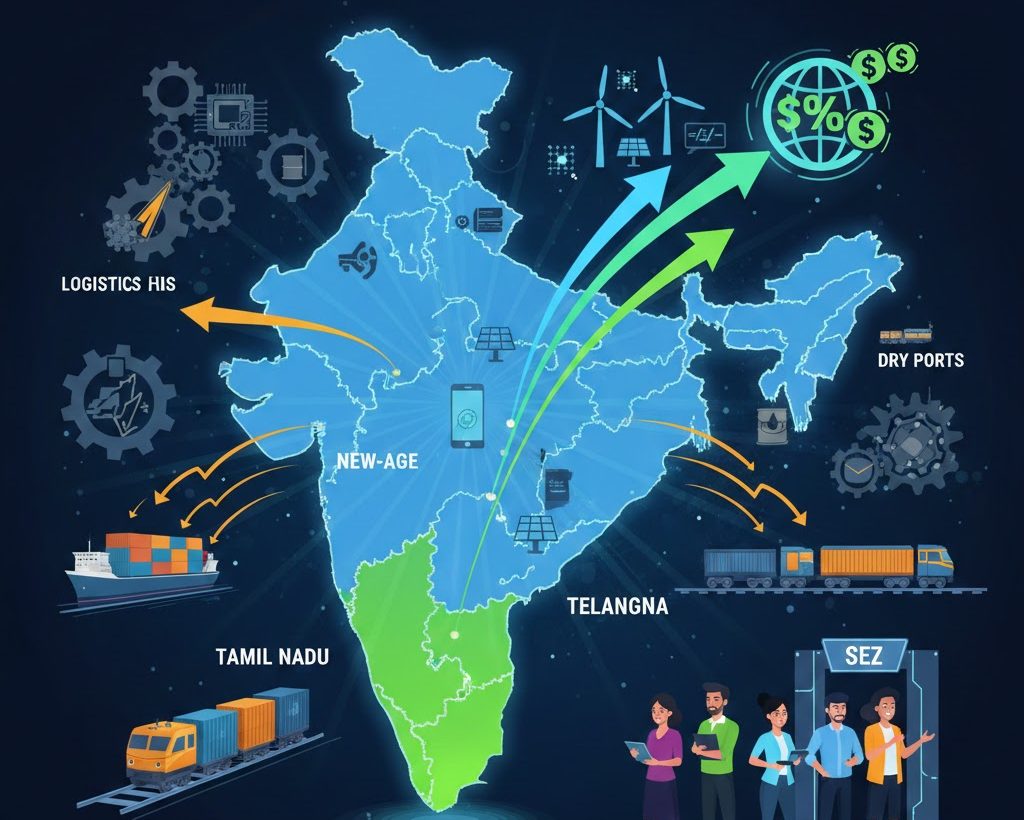Font size:
Print
MGNREGA Demand And Rural Distress
Context:
In August 2022, demand for work under MGNREGA fell to around 16.06 million households, the lowest monthly demand since October 2022.
Demand for MGNREGA Work Decline:
- In August 2022, 16.06 million households sought work under MGNREGA, marking the lowest demand since October 2022.
- In August 2024, 18.9 million workers sought work, the lowest demand since October 2022, with month-on-month declines throughout 2024 due to a better monsoon increasing kharif sowing labour demand.
Parliamentary Standing Committee Report on MGNREGA:
- Reduced Budget Impact: A reduced MGNREGA budget has a “cascading effect” on wage release, material funding, and overall progress.
- Budget Allocation vs. Actual Expenditure: For FY 2024-25, ₹86,000 crore was allocated, but by February 1, 2024, expenditure reached ₹88,000 crore.
- Delays in Wage Payments: The committee flagged delayed wage payments that should be compensated with a delay allowance.
- Inadequate Delay Allowances: In 2022-23, only ₹59 lahk of ₹93 lakh approved for delay allowances was paid, and in 2023-24, only ₹2.5 lakh of ₹24 lakh was disbursed.
Possible Reasons for Decline:
- Active monsoons and increased kharif sowing activities may have attracted manual casual labourers to other work opportunities.
- MGNREGA is a distress employment scheme, indicating fewer people are seeking low-wage temporary work compared to other jobs.
Fund Shortages and Artificial Declines:
- Civil Society Concerns:
- Activists suggest the decline in work demand may be artificially created due to fund shortages.
- Delays in wages and inadequate funding can reduce beneficiaries’ interest in the program.
- Allegations of Demand Underreporting: Claims that actual demand is not fully captured at the panchayat level to keep budgetary outgo within limits.
- Technological Interventions: The introduction of Aadhaar-based attendance systems, mandatory Aadhaar-linked bank accounts for payments, and GPS tracking have deterred workers from seeking employment.
- The National Mobile Monitoring System (NMMS) aims to modernise MGNREGA monitoring but faces implementation challenges.
Issues in West Bengal:
- Exclusion of Workers An estimated 10-15 million regular MGNREGA workers from West Bengal are excluded from demand calculations.
- Funds for the state were stopped due to non-compliance with MGNREGA directives (Section 27).
- Section 27: The Central Government can direct States for effective MGNREGA implementation and, upon complaints of fund misuse, may investigate, halt fund releases, and take remedial action.
- Pending liabilities for MGNREGA wages in Bengal were around ₹2,605 crore.
- Allegations of Criminalisation: The Paschim Banga Khet Majdoor Samity (PBKMS) argues that withholding wages amounts to punishment for MGNREGA workers.
Economic Survey Insights:
- Link Between MGNREGA Demand and Rural Distress: The Economic Survey challenged the direct correlation between MGNREGA demand and rural distress.
- States with high poverty and unemployment rates utilised more MGNREGA funds and generated more employment days.
- State-wise Fund Usage: Tamil Nadu (under 1% poor population) used nearly 15% of MGNREGA funds; Kerala (0.1% poor population) used almost 4%.
- Combined, these states generated 510 million person-days of employment.
- Conversely, Bihar and UP (45% poor population) only accounted for 17% of funds and generated 530 million person-days.
- Discrepancies in Demand Reporting The Economic Survey noted that true MGNREGA demand is not fully captured in the Management Information System (MIS).
- Rising household debt was expected to increase MGNREGA demand, yet data showed otherwise.
Regulatory Constraints:
- Criticism of State Governments: The Ministry of Rural Development criticised Andhra Pradesh and Telangana for violating MGNREGA guidelines, leading to a rise in work demand.
- Field Reports from Gujarat: Reports indicate that work has been temporarily halted in Gujarat due to wage-to-material ratio issues.
- Current Demand Trends: As of August 2024, 16.06 million households and 18.9 million workers sought work under MGNREGA, indicating a decline from previous months due to better monsoon conditions.




